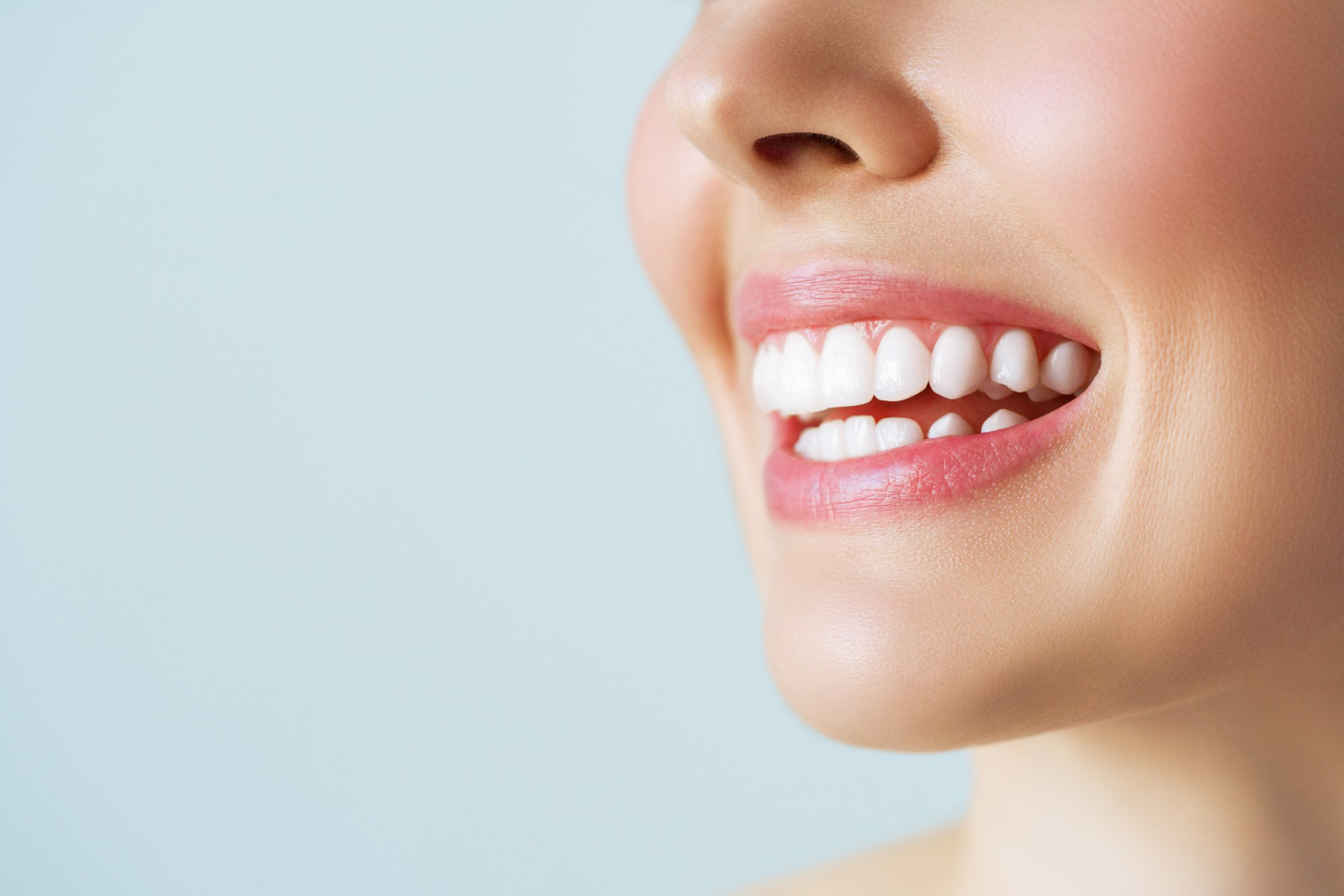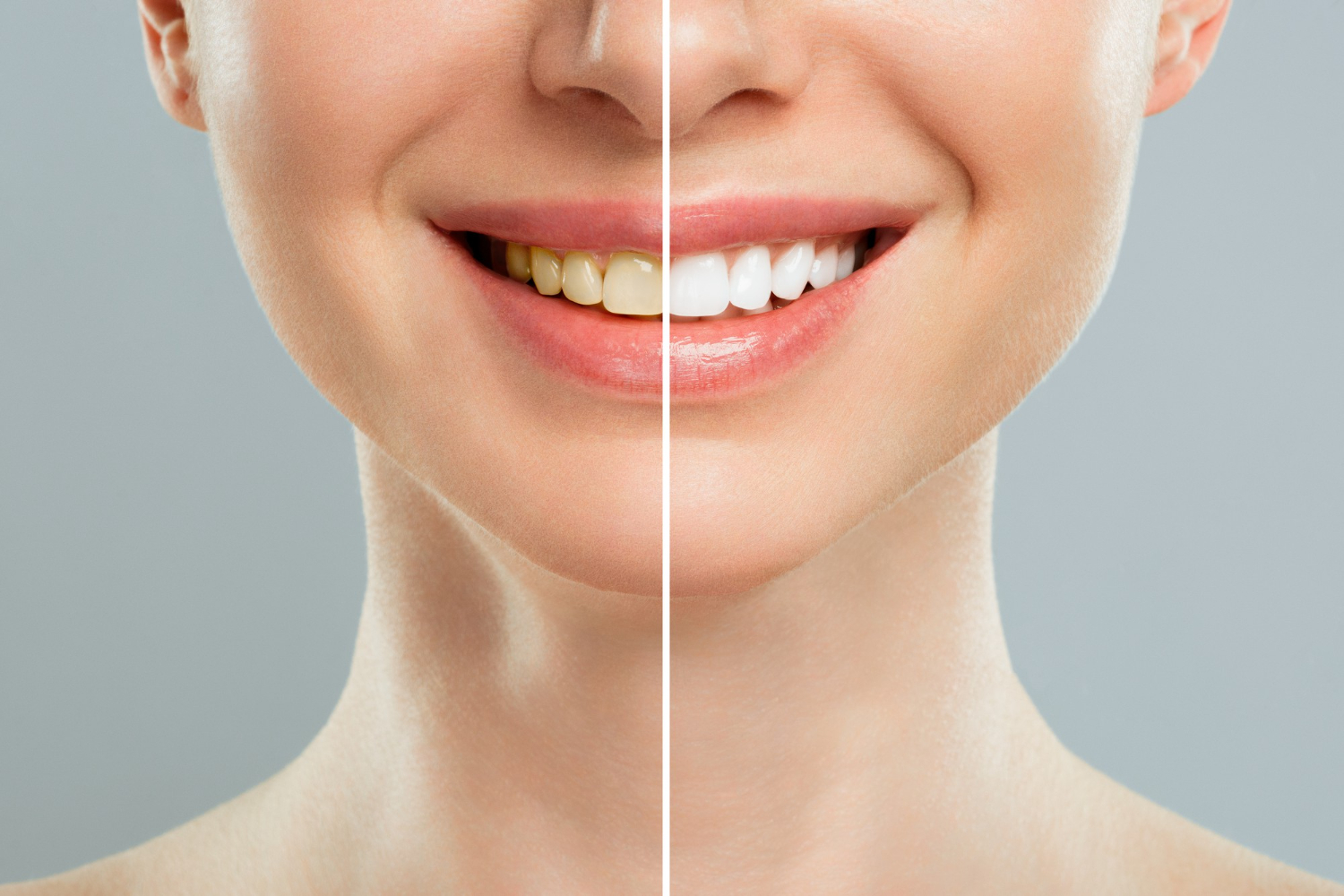Are you dreaming of a brighter, more confident smile? Teeth whitening is a popular cosmetic dental procedure that can help you achieve just that. A bright, white smile can boost your self-esteem and leave a lasting impression. In this article, we will explore the various aspects of teeth whitening, including its popularity, causes of teeth discoloration, different whitening methods, considerations before whitening, maintenance, and more. Let’s dive in and discover the path to a dazzling smile!
Introduction
A beautiful smile is often associated with confidence and attractiveness, and teeth whitening has become a popular solution for those seeking to enhance their smiles. Teeth whitening procedures aim to remove stains and discoloration, giving you a brighter and more youthful appearance. In this article, we will delve into the world of teeth whitening, exploring the reasons behind its popularity and shedding light on the different methods available to achieve that radiant smile you desire.
Why Teeth Whitening is Popular
A bright, white smile has become a symbol of beauty and vitality in today’s society. As people become more conscious of their appearance, they seek ways to enhance their smiles. Teeth whitening offers a relatively quick and non-invasive solution to improve the color of teeth, making it a highly sought-after cosmetic dental procedure. The desire for a dazzling smile that exudes confidence is a significant driving force behind the popularity of teeth whitening.
Understanding Teeth Discoloration
To understand teeth whitening, it’s essential to grasp the factors that contribute to teeth discoloration. Teeth can become stained or discolored due to various reasons, including extrinsic and intrinsic factors. Extrinsic stains occur on the outer layer of the tooth, while intrinsic stains occur within the tooth structure itself. Understanding the nature of teeth discoloration helps in choosing the most suitable whitening method.
Common Causes of Teeth Discoloration
Several factors can contribute to teeth discoloration. Some common causes include:
Aging
As we age, our tooth enamel naturally thins, revealing the underlying dentin. Dentin is naturally yellowish, so as enamel wears away, teeth may appear more yellow or dull.
Food and Beverages
Certain foods and beverages, such as coffee, tea, red wine, and dark-colored berries, contain pigments that can stain teeth over time.
Tobacco Use
Smoking or chewing tobacco can lead to severe teeth discoloration, often resulting in deep yellow or brown stains.
Poor Oral Hygiene
Inadequate oral hygiene allows plaque and tartar to build up on teeth, leading to surface stains and discoloration.
Medications
Some medications, such as certain antibiotics and antihistamines, can cause teeth discoloration as a side effect.
Dental Trauma
Injuries to the teeth can result in discoloration, especially if the injury damages the tooth’s blood supply.
Understanding these causes can help individuals make lifestyle changes and take preventive measures to maintain their teeth’s whiteness.
Types of Teeth Whitening Methods
There are several methods available for teeth whitening, catering to different needs and preferences. Let’s explore the most common ones:
Professional Teeth Whitening
Professional teeth whitening is performed by a dentist or dental professional, offering the most effective and controlled results. It often involves the application of a whitening agent, typically containing hydrogen peroxide or carbamide peroxide, directly to the teeth. The whitening agent is activated by a special light or laser to accelerate the process. Professional teeth whitening can be done in-office or through take-home kits provided by the dentist.
Over-the-Counter Teeth Whitening Products
For those seeking convenience and affordability, over-the-counter teeth whitening products are readily available. These products typically include whitening toothpaste, whitening strips, and whitening gels. While they may provide some improvement, the results are generally milder compared to professional treatments.
Natural Teeth Whitening Remedies
Some individuals prefer natural remedies for teeth whitening, often using household ingredients like baking soda, hydrogen peroxide, or activated charcoal. These natural remedies may have some effect on surface stains, but their efficacy and safety may vary. It’s importantto consult with a dentist before attempting any DIY whitening methods.
Considerations Before Whitening Your Teeth
Before embarking on a teeth whitening journey, there are a few factors to consider:
Dental Health
It’s crucial to have a healthy mouth before undergoing teeth whitening. Any existing dental issues, such as cavities or gum disease, should be addressed and treated beforehand.
Sensitivity
Teeth whitening can cause temporary tooth sensitivity, especially in individuals with pre-existing sensitivity. It’s important to discuss this with your dentist and choose a whitening method that suits your sensitivity level.
Expectations
Understanding the realistic expectations of teeth whitening is vital. While it can significantly improve the color of teeth, it may not achieve a perfectly white shade for everyone. Discussing your desired outcome with a dental professional will help manage expectations.
Potential Risks and Side Effects of Teeth Whitening
While teeth whitening is generally considered safe, there are some potential risks and side effects to be aware of:
Tooth Sensitivity
Temporary tooth sensitivity is a common side effect of teeth whitening. It typically resolves on its own, but using desensitizing toothpaste and avoiding extremely hot or cold foods and beverages can help manage it.
Gum Irritation
Whitening products that come into contact with the gums may cause temporary irritation or inflammation. Proper application and following the instructions provided can minimize this risk.
Uneven Whitening
In some cases, teeth may whiten unevenly, resulting in patches or spots of lighter or darker shades. This can occur due to various factors, including existing dental restorations or uneven teeth surfaces.
It’s important to discuss these potential risks with your dentist and follow their guidance for a safe and successful teeth whitening experience.
Maintaining Teeth Whitening Results
After achieving your desired teeth whitening results, it’s important to maintain them. Here are some tips for maintaining a bright smile:
Good Oral Hygiene
Maintain a consistent oral hygiene routine, including brushing your teeth twice a day, flossing daily, and using mouthwash. Regular dental cleanings and check-ups are also essential for long-term oral health.
Avoid Staining Foods and Beverages
Limit the consumption of foods and beverages known to stain teeth, such as coffee, tea, red wine, and dark-colored berries. If you do indulge, rinse your mouth with water afterward or brush your teeth to minimize staining.
Quit Tobacco Use
Smoking or chewing tobacco not only stains teeth but also poses significant risks to oral and overall health. Quitting tobacco use is beneficial for maintaining a healthy and bright smile.
Tips for Oral Hygiene and Stain Prevention
In addition to maintaining teeth whitening results, there are several tips for oral hygiene and stain prevention:
Brushing Techniques
Brush your teeth using gentle circular motions for at least two minutes to ensure thorough cleaning. Avoid brushing aggressively, as it can damage tooth enamel.
Tongue Cleaning
Don’t forget to clean your tongue daily. Use a tongue scraper or your toothbrush to remove bacteria and debris that can contribute to bad breath and tooth discoloration.
Regular Dental Cleanings
Schedule regular dental cleanings to remove plaque, tartar, and surface stains that may accumulate over time. Professional cleanings help maintain a bright smile and overall oral health.
Stain-Preventing Toothpaste
Consider using a toothpaste specifically formulated to prevent stains and maintain teeth whitening results. These toothpastes often contain ingredients that help remove surface stains and protect against new ones.
The Role of Diet in Teeth Whitening
While teeth whitening procedures can improve the color of your teeth, maintaining a healthy diet is also essential for oral health and overall well-being. Some dietary tips for maintaining a bright smile include:
Limiting Sugary and Acidic Foods
Frequent consumption of sugary and acidic foods can contribute to tooth decay and enamel erosion, which can affect the appearance of your teeth. Opt for a balanced diet that includes plenty of fruits, vegetables, lean proteins, and whole grains.
Drinking Plenty of Water
Water helps rinse away food particles and neutralize acid in the mouth, promoting oral health. It also helps prevent dry mouth, which can contribute to tooth decay and discoloration.
Eating Crunchy Foods
Crunchy fruits and vegetables, like apples and celery, can help naturally clean teeth and stimulate saliva production, which aids in maintaining a healthy mouth.
Incorporating these dietary habits into your lifestyle can complement teeth whitening efforts and contribute to a brighter smile.
Frequently Asked Questions (FAQs)
- Q: Can teeth whitening damage enamel?
A: When performed correctly, teeth whitening procedures should not damage enamel. It’s important to follow the instructions provided by dental professionals or product manufacturers to minimize any risks.
- Q: How long do teeth whitening results last?
A: The longevity of teeth whitening results varies depending on individual habits and lifestyle factors. With proper maintenance and avoiding staining foods




